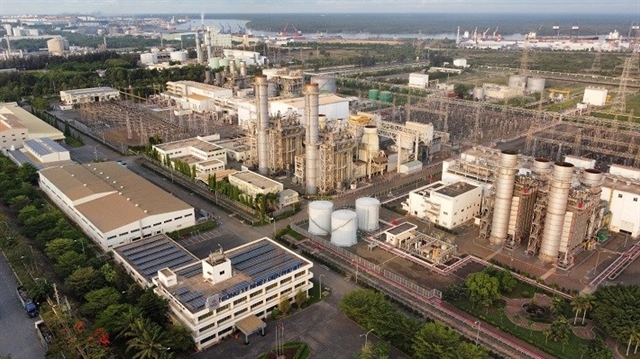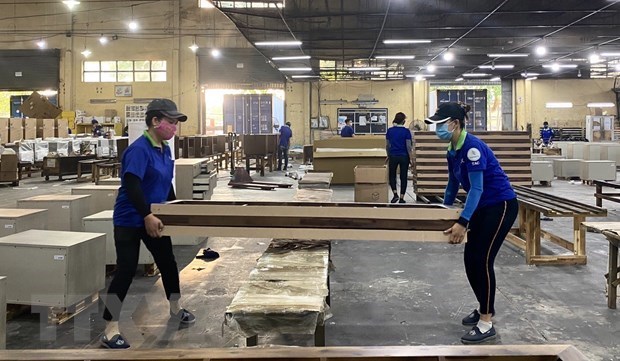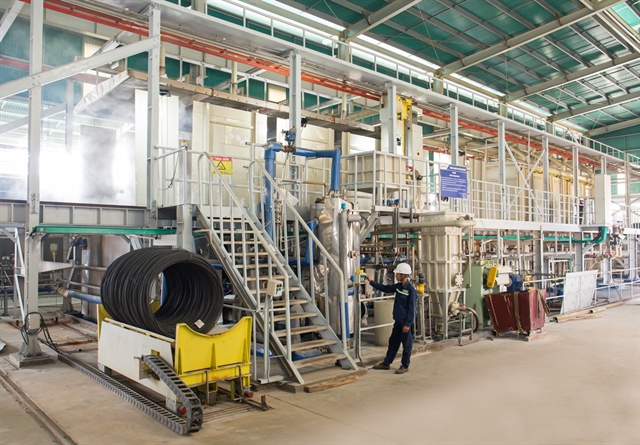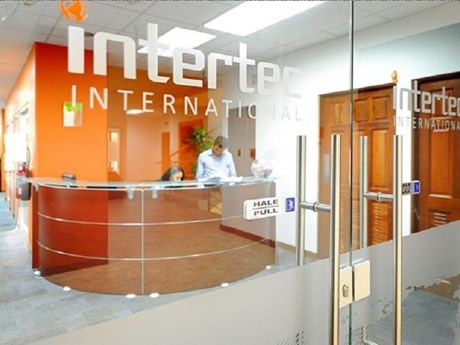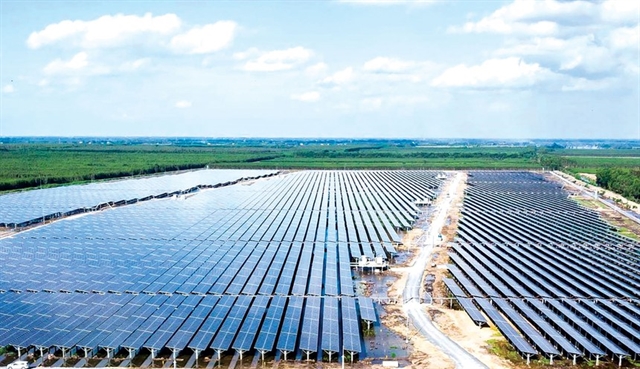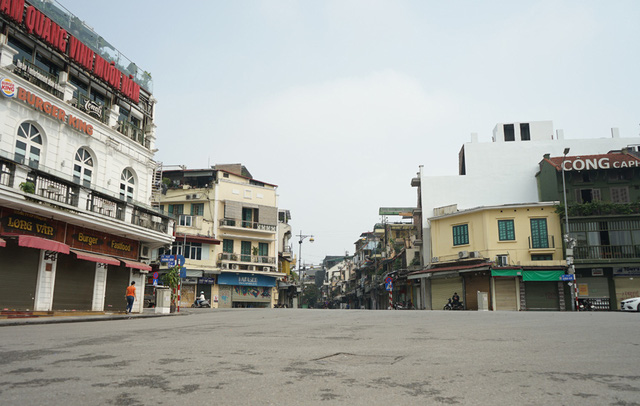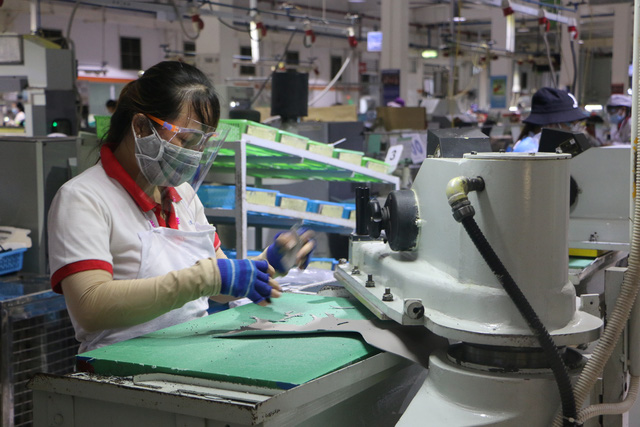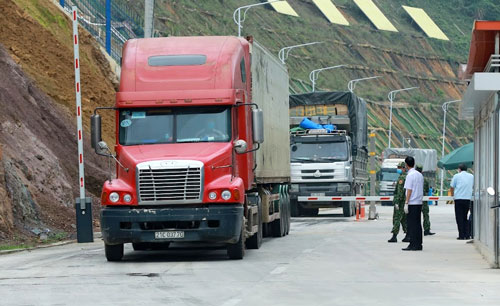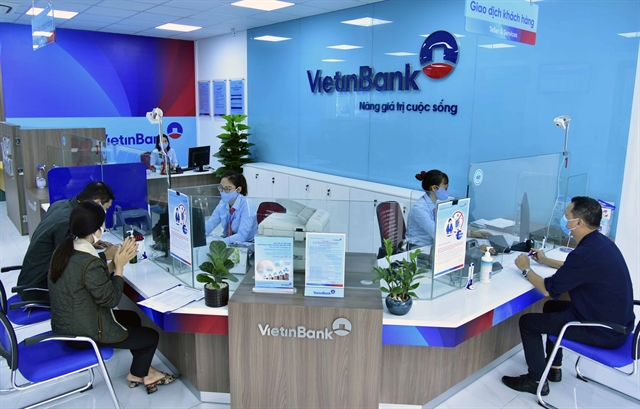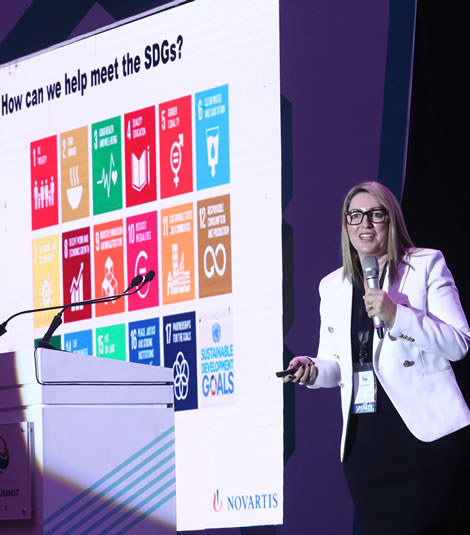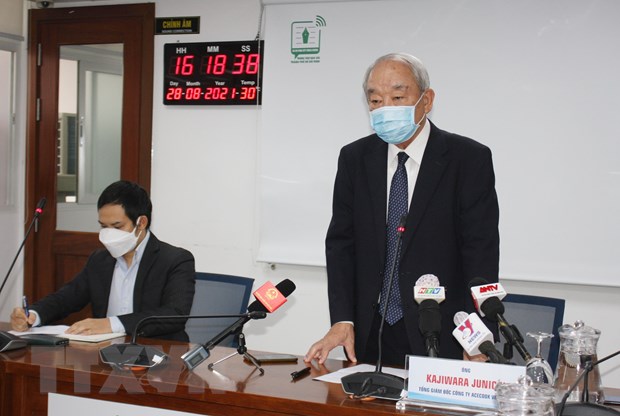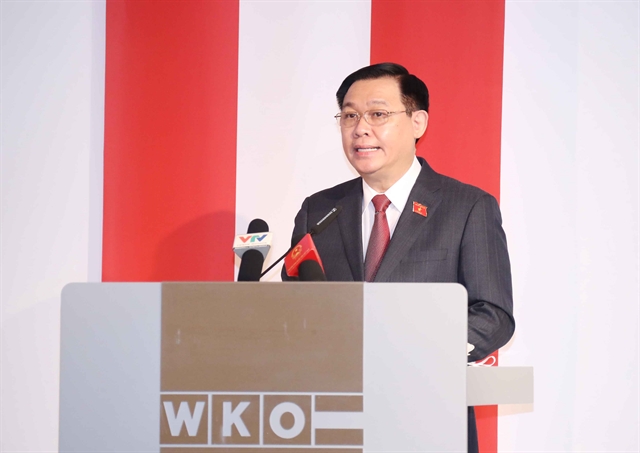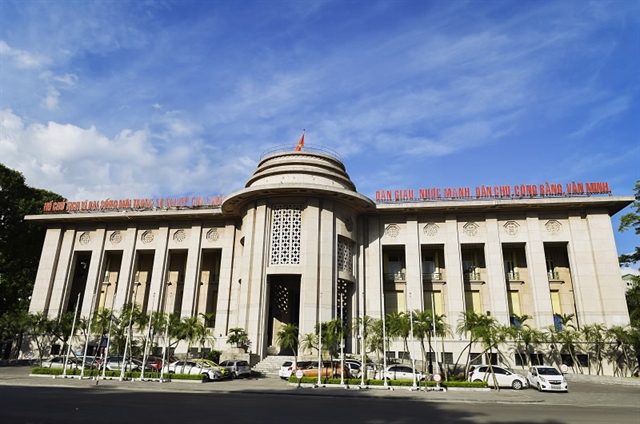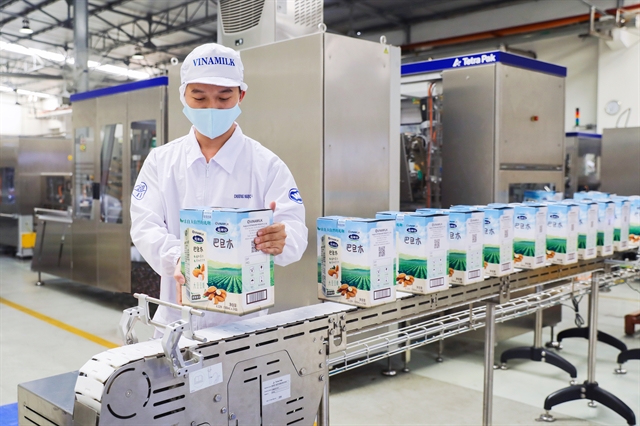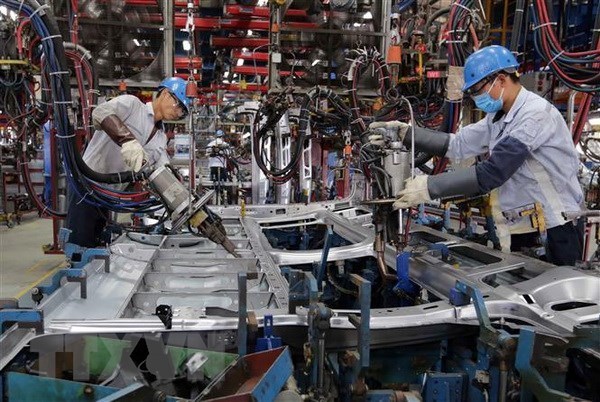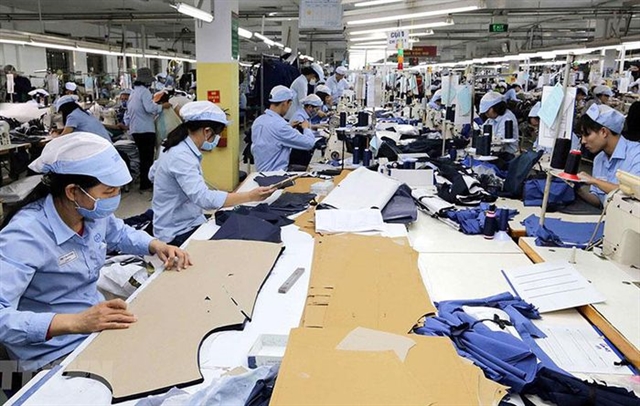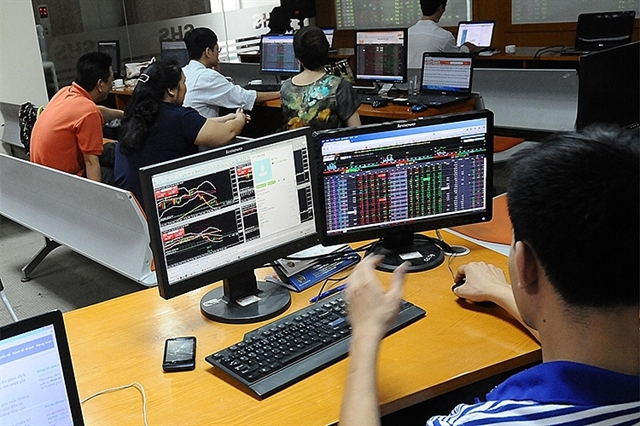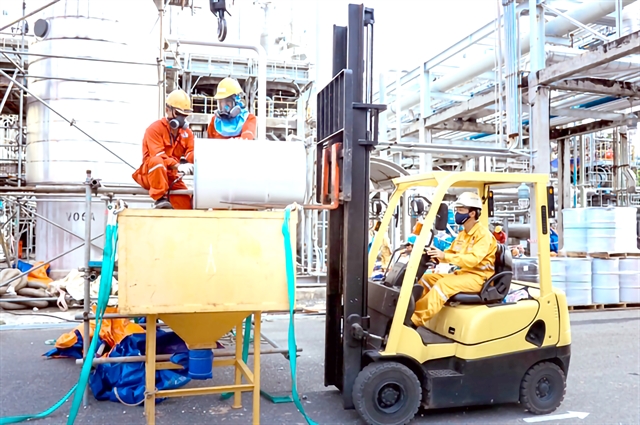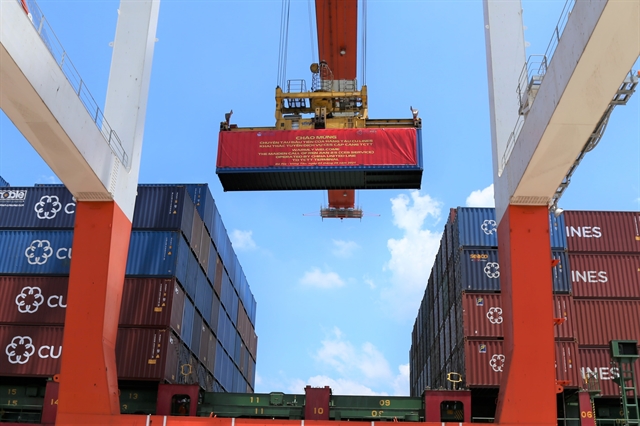
HÀ NỘI — The total volume of goods that passed through Việt Nam’s seaports has been growing despite continuous increases in container freight rates since the COVID-19 pandemic.
The move has helped to create more motivation for domestic shipping companies to invest in new cargo vessels and renovate old ones to meet certain high-demand routes both domestically and internationally.
In August, the International Gas Product Shipping JSC (GSP) purchased a 20,000 DWT oil tanker worth US$14.3 million. It is scheduled to receive another in September. The company had offered to sell 20 million shares to its existing shareholders with a view to raise its charter capital to VNĐ560 billion (US$24.3 million) from VNĐ360 billion (15.6 million), ensuring capital investment to purchase one more tanker.
Last month, Hải An Transport and Unloading Joint Stock Company (HAH) signed a contract to build a 1,800 TEU container vessel. In April this year, HAH purchased two more container vessels. They are now in operation on international and domestic routes.
In addition, the company has invested in more containers and the first batch was put into use from late May this year. The purchasing of containers offers more options to shipping companies facing a shortage due to the impacts of the pandemic.
The company also sold its old vessels and purchased new ones to meet the rising demand of maritime transport.
In April, Gemadept Joint Stock Company (GMD) launched a 248 TEU barge. This is one of the five barges Gemadept bought from SSMI Shipbuilding Company. The new investment has helped to raise transport capacity, saving costs, reducing shipping time while still meeting customer demand. Gemandept also bought six rubber type gantry cranes (RTG) to maximise cargo loading and uploading capacity at Cái Mép seaport.
Hòa Phát Shipping Joint Stock Company, a member of Hòa Phát Group, also completed the purchase of two 90,000 TEU vessels in the first quarter this year for transportation of coal and iron ore. By doing so, Hòa Phát has been proactive in plans to import raw materials for its steel production factories and minimise the risks after the sudden rise in shipping costs.
Hòa Phát group also plan to buy more vessels to serve the construction of Hòa Phát Dung Quất 2 iron and steel factory project in Quảng Ngãi Province. The project is expected to be built over the next three years and become operational in 2024.
The outbreak of COVID-19 causes a massive disruption to the global supply chains and shipping costs skyrocketed around the world. The pandemic has prolonged the unpacking and rotation cycle of containers, while the recent rise in export goods headed to Europe or the US has caused a shortage of empty containers.
Some shipping lines said that the number of shipments leaving Việt Nam for other countries had not fallen, and even increased on some routes, but freight prices had been higher due to the lack of containers.
A recent report of Rồng Việt Securities Joint Stock Company (VDSC) has showed that container port congestion and a lack of empty containers have stretched around the globe and has caused an 80 per cent increase in shipping costs since the beginning of 2021.
Việt Nam's shipping industry has been also affected by the serve shortage of containers, causing price hikes for container rental fees and shipping costs.
Industry insiders said that the purchase of new vessels and disposal of old vessels should make Việt Nam’s shipping industry more competitive and minimise the rising shipping costs for local exporters in the remaining months this year.
In recent years, the total container traffic of domestic shipping companies has risen rapidly. The total volume of goods passed through Việt Nam sea ports has increased from 442 million tonnes in 2017 to 689 million tonnes in 2020.
Deep-sea port systems have always played an important role in the shipping industry as the deeper draft and longer berths are an indispensable trend of marine economies.
Experts at Rồng Việt Securities said the total volume of goods passed via Việt Nam’s sea port system would rise as the vaccination rate increased across the country and Việt Nam still attracted a wave of investors shifting from other countries. — VNS
